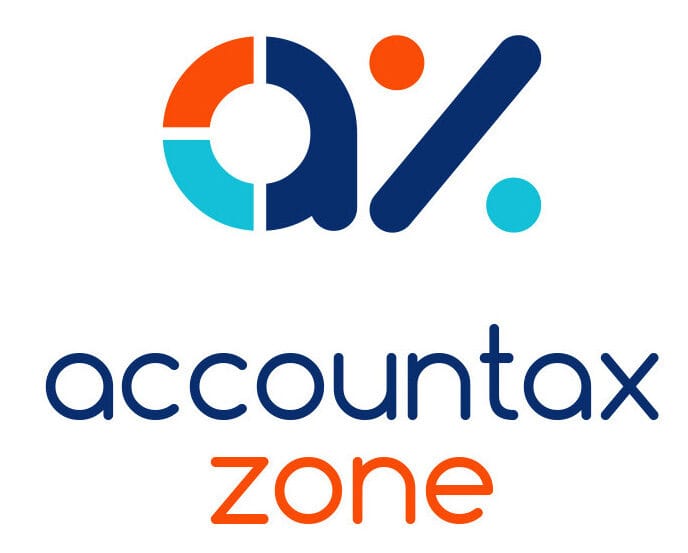Scammers are becoming increasingly adept at fooling people and a favoured tactic is a letter, a text, a phone call or an email purporting to be from HMRC, often promising a tax refund in exchange for personal and financial data.
During the summer, many taxpayers received a very convincing scam letter which appeared to be from HMRC, seemingly from the Individuals and Small Business Compliance scheme. The letter asked the recipient to provide business bank statements, the most recent set of accounts, VAT returns in PDF format for the last four quarters and a clear photo of either a passport or a driving licence for all the directors for ‘identification purposes’, and for them to email the information to companies-review@hmrc-taxchecks.org.
The letter also warned that if the information was not provided, they would ‘conduct an investigation and possibly freeze any business activity’ until the investigation is complete. The letter had the look and feel of a genuine HMRC letter, adopting a similar format and font. It is easy to see why people would be duped, and the threat of having their business assets frozen is enough to panic many people into complying.
So, if you receive a letter which appears to be from HMRC, what can you do to check its authenticity?
The first point is to consider what is being asked and why. There are some red flags in the letter. Firstly, the unique taxpayer reference (UTR) quoted is only six digits, whereas a UTR is ten digits. It is always prudent to check that the UTR quoted in a letter is correct. Furthermore, it is sensible to ask why HMRC would ask for copies of the last filed accounts and VAT returns, which are easily available to them. The request to send photos of a passport or driving licence should also be viewed with suspicion. Finally, the email address to which the documents are to be sent is not a genuine HMRC email address, which would end in ‘gov.uk’.
You might also like to read: Understanding your Tax Code
Genuine HMRC contact
HMRC produce regular updates to help taxpayers gauge whether a communication that appears to be from them is indeed genuine. The guidance can be found on the Gov.uk website. Typically it will list recent communications from HMRC, so the taxpayer can check whether the communication they have received is listed. HMRC will contact taxpayers by letter, text and email, and sometimes will use more than one communication channel.
Stay alert
It is important to be alert to the possibility that a communication which seems to be from HMRC may be a scam. Particular care should be taken as regards clicking on links included in a text or an email. While HMRC may include links to information on the Gov.uk website or to a web chat, other links should be viewed with suspicion – if in doubt, do not click on the link. HMRC will never send links which offer a tax refund on the provision of personal or financial details, nor will they ask for personal or financial information by text.
Reporting scams
Scam texts can be forwarded to 60599. Suspicious emails, texts, letters and phone calls can also be reported to HMRC by emailing them at phishing@hmrc.gov.uk.
Partner note:
- Check genuine HMRC contact that uses more than one communication method
- Check if a letter you have received from HMRC is genuine
- Check if an email you have received from HMRC is genuine
- Check if a text message you have received from HMRC is genuine
- Check if a phone call you have received from HMRC is genuine










